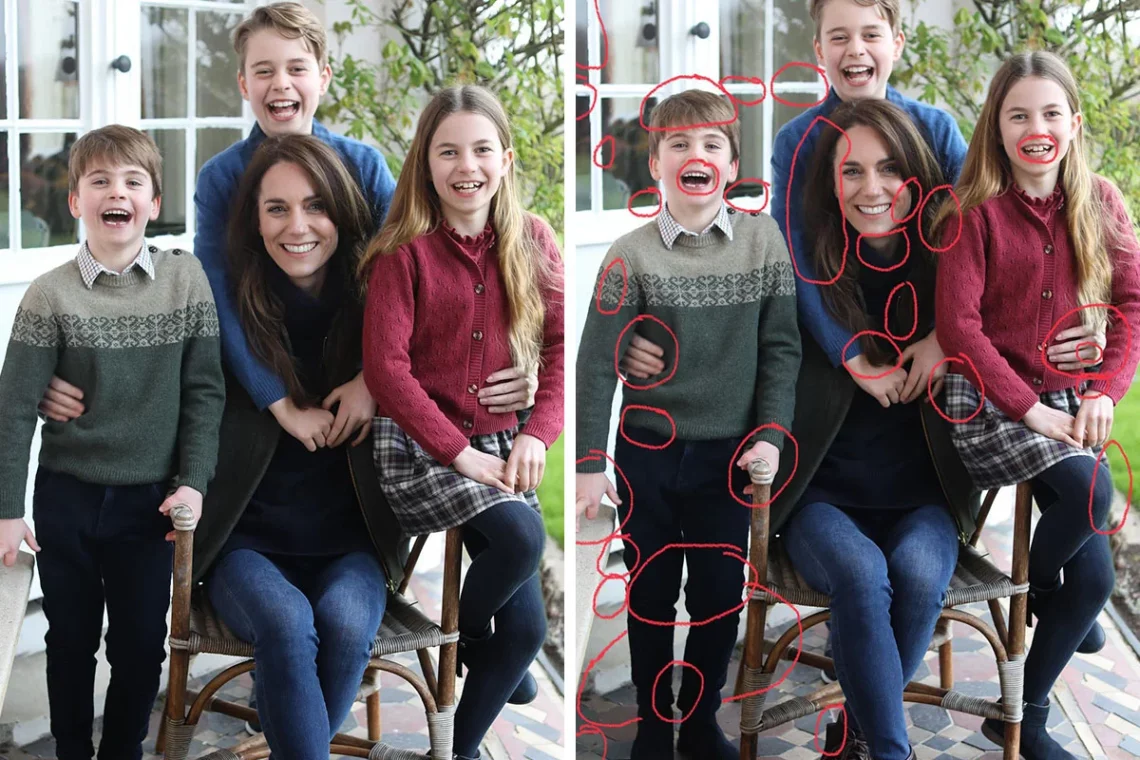How news agencies decide if a photo is 'overly edited'
Discover how digital manipulation and artificial intelligence are challenging the integrity of photojournalism and trust in images.
In the age of artificial intelligence and easy access to photo editing, not everything you see online can be considered true. An exception, of course, is when the post comes from a trusted news source. Or, at least it should be that way.

The foundation of photojournalism lies in its ability to present reality in an authentic and unaltered way (again: at least it should be that way). Digital manipulation poses a significant threat to this fundamental principle, undermining credibility and trust in images distributed by photo agencies. The controversy surrounding a retouched family photograph of the Princess of Wales and her children has offered a rare glimpse into how publishers deal with this issue.
Organizations like Getty Images and PA Images play a crucial role in delivering accurate, reliable photographs to the public. These organizations adhere to strict codes of conduct designed to ensure the integrity of the images they distribute. If an image is accepted but later found to violate these guidelines, it receives a “deletion order.” It sounds dramatic, but this instantly stops distribution.
The main reason photo agencies cannot accept digitally manipulated images is the potential distortion of the truth. Manipulated photos can present a distorted version of reality, misinforming the public and compromising the trust placed in them. Many photographers have been fired for violating this trust.
Photography as documentation of truth
Photojournalism is a powerful tool for documenting and witnessing events around the world. Authenticity is paramount. Even family portraits of public figures become historical documents.

There is a gray area around portrayals in ethical discussion. They can be staged or directed — the photographer will guide and position the people. But still, there is a demand in the press to avoid any retouching. That said, in areas like fashion and celebrity publishing where retouching is common, these guidelines are more flexible.
Photo agencies have their own standards about what level of editing is acceptable. The AFP says photos and videos “should not be staged, manipulated or edited to give a misleading or false picture of events.” Getty allows some small changes, such as adjusting color or removing red-eye or dust from a dirty lens, but prohibits “extreme adjustments” to color or light.
Several agencies decided to retract the royals' photo because it did not meet their standards. This doesn't mean the photo is AI-generated or fake, just that it doesn't meet the strict level of acceptable editing.
Changing Technology, Evolving Guidelines
With the advent of new technologies such as generative AI (which can create photos or videos from a prompt), press agencies have started to discuss how to deal with this. The Associated Press states:
“We refrain from transmitting any AI-generated images that are suspected or demonstrably false representations of reality. However, if an AI-generated illustration or artwork is the subject of a news story, it may be used as long as it is clearly labeled as such in the caption.”
News organizations are also experimenting with AI-generated text and developing guidelines for it. They tend to focus on transparency, making it clear to readers when artificially generated content is being used.
Authenticity in photojournalism images has never been more crucial. In an era of easy digital manipulation and the proliferation of “fake news,” photo agencies face the challenge of maintaining public trust by balancing technological innovation with journalistic integrity. As technology advances, guidelines for photo editing will continue to evolve, but the commitment to the truth must remain unwavering.